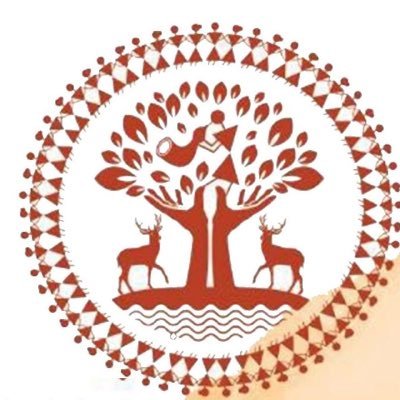 Discover Dadra and Nagar Haveli and Daman and Diu - Culture, Food, Attractions and Key Facts
Discover Dadra and Nagar Haveli and Daman and Diu - Culture, Food, Attractions and Key FactsBest Places to visit in Dadra and Nagar Haveli and Daman and Diu
Capital - Daman
No. of Districts - 3
Population - 585,764
Area - 603 sqkm
Pop. Density - 970/km2 (2,500/sq mi)
GDP - 0
Literacy Rate - 76.2%
Gender Ratio - 711
Official Website - https://daman.nic.in/
Dadra and Nagar Haveli and Daman and Diu are two union territories in western India that were merged into a single entity on January 26, 2020. Here are some key facts about them:
Geography: Dadra and Nagar Haveli is located between Maharashtra and Gujarat, while Daman and Diu is situated near the southern tip of Gujarat, along the Arabian Sea coast.
History: Dadra and Nagar Haveli were under Portuguese rule until 1954 when they were incorporated into India. Daman and Diu were also under Portuguese rule until they were annexed by India in 1961.
Administration: Despite their merger, Dadra and Nagar Haveli and Daman and Diu are administered separately by appointed administrators.
Population: The combined population of both territories is around 7.5 lakh (750,000) people, with a significant mix of tribal communities and other ethnic groups.
Economy: The economy of these territories is primarily driven by industries such as manufacturing, tourism, and agriculture. Daman is known for its manufacturing industries, while tourism is a major contributor to the economy of Diu.
Languages: The predominant languages spoken in these territories are Gujarati, Marathi, and Hindi. Portuguese influence is also evident in some cultural aspects.
Tourism: Dadra and Nagar Haveli and Daman and Diu are popular tourist destinations, known for their serene beaches, historical forts, and wildlife sanctuaries. Tourists often visit the beaches of Daman and the island of Diu for relaxation and water sports activities.
Culture: The culture of these territories reflects a blend of indigenous tribal traditions with Portuguese and Indian influences. Festivals such as Navratri, Diwali, and Christmas are celebrated with enthusiasm.
Education and Healthcare: The government has been focusing on improving education and healthcare facilities in these territories, although there are still challenges, particularly in remote and tribal areas.
Connectivity: Dadra and Nagar Haveli and Daman and Diu are well-connected by road, with highways linking them to major cities in Gujarat and Maharashtra. They also have airports and railway stations facilitating transportation.
These territories hold a unique blend of cultural heritage, natural beauty, and economic potential, making them significant in the fabric of India's diverse landscape.